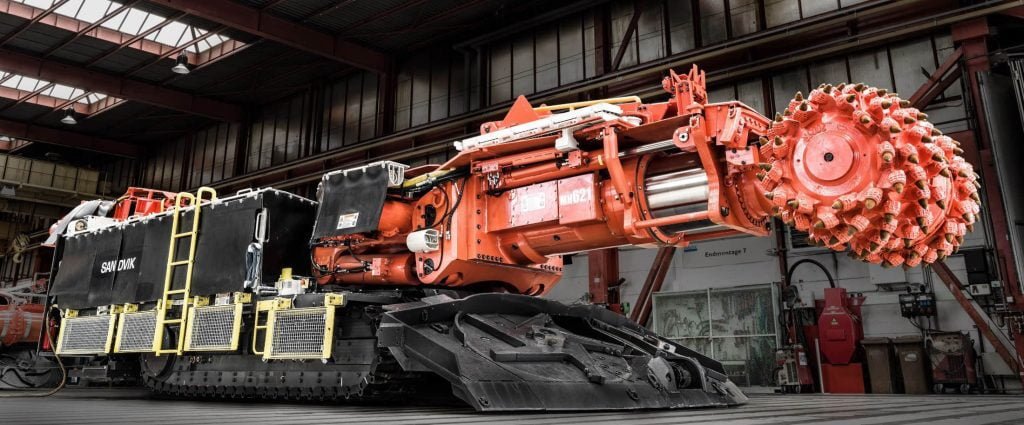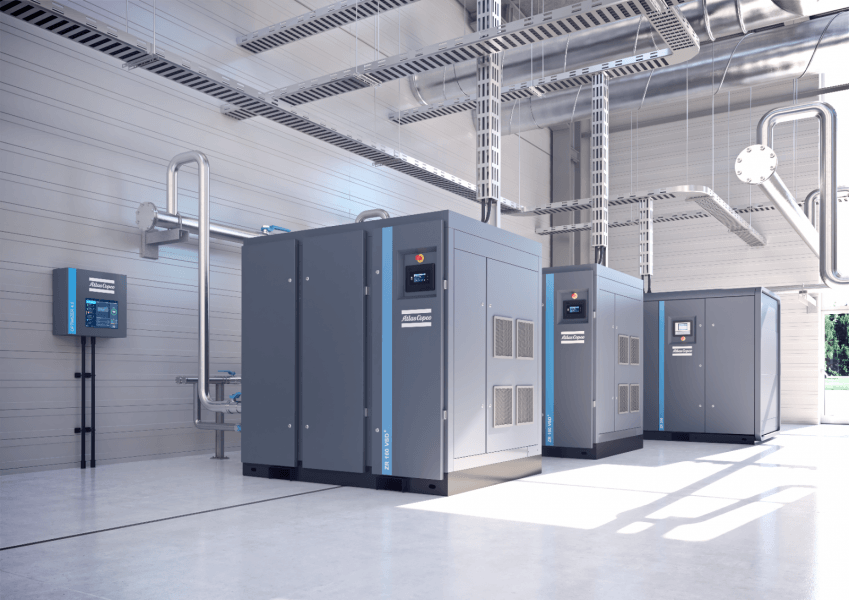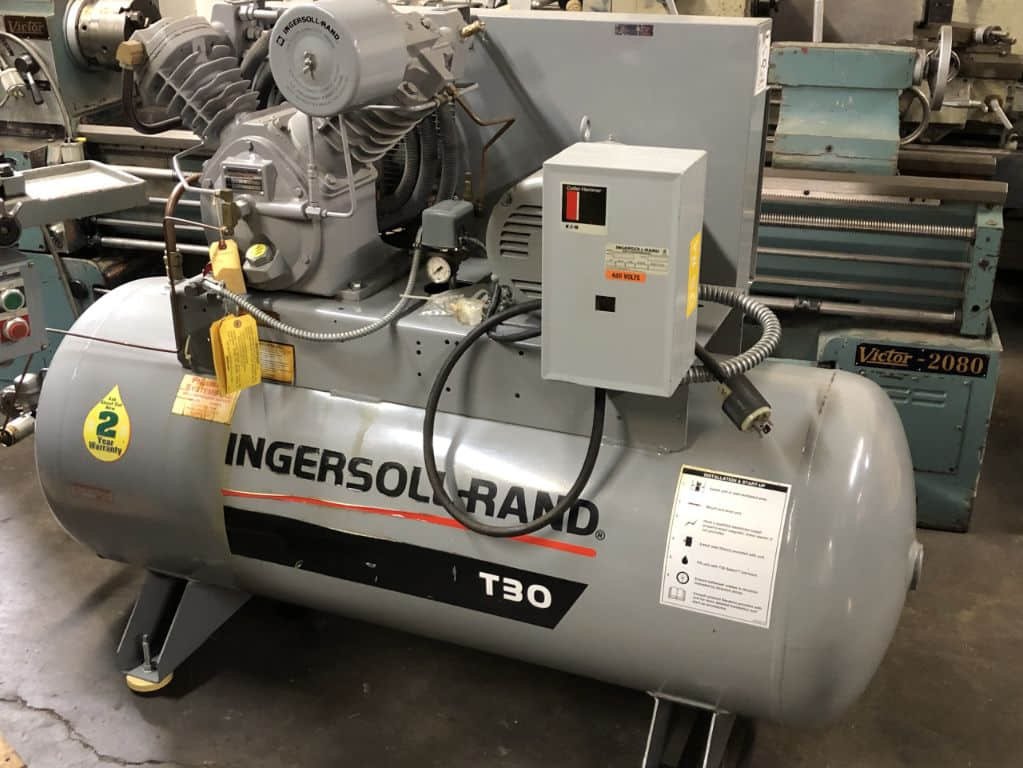Predictive Maintenance for Campbell Hausfeld Air Compressors: A Revolutionary Approach
When it comes to maintaining your Campbell Hausfeld air compressors, a proactive approach can save you time, money, and headaches. Predictive maintenance is a revolutionary strategy that allows you to anticipate potential issues before they become major problems. By leveraging advanced technologies and data analysis, you can ensure the longevity and optimal performance of your air compressors. In this article, we will explore the concept of predictive maintenance and its benefits for Campbell Hausfeld air compressors.
The Importance of Predictive Maintenance
Predictive maintenance is a game-changer in the world of equipment maintenance. Unlike traditional reactive or preventive maintenance, which relies on fixed schedules or waiting for a breakdown to occur, predictive maintenance takes a proactive approach. By utilizing real-time data and analytics, you can identify patterns, detect anomalies, and predict potential failures before they happen.
For Campbell Hausfeld air compressors, predictive maintenance offers several advantages. It allows you to:
- Minimize downtime: By identifying potential issues in advance, you can schedule maintenance activities during planned downtime, minimizing the impact on your operations.
- Reduce costs: Predictive maintenance helps you avoid costly emergency repairs and extends the lifespan of your air compressors, saving you money in the long run.
- Optimize performance: By addressing minor issues before they escalate, you can ensure that your air compressors operate at their peak performance, maximizing productivity.
- Improve safety: Regularly monitoring the condition of your air compressors helps prevent accidents and ensures a safe working environment for your employees.
Implementing Predictive Maintenance for Campbell Hausfeld Air Compressors
Now that we understand the importance of predictive maintenance, let’s delve into the steps involved in implementing this revolutionary approach for Campbell Hausfeld air compressors:
1. Data Collection and Monitoring
The first step in predictive maintenance is collecting relevant data from your air compressors. This can include information such as temperature, pressure, vibration, and power consumption. By installing sensors and monitoring devices, you can gather real-time data and track the performance of your equipment.
2. Data Analysis and Pattern Recognition
Once you have collected the data, the next step is to analyze it and identify patterns or anomalies. Advanced algorithms and machine learning techniques can help you detect early warning signs of potential failures. By comparing the current data with historical data, you can predict when maintenance or repairs may be required.
3. Condition Monitoring and Predictive Analytics
Based on the analysis of the collected data, you can establish condition monitoring parameters for your air compressors. These parameters act as thresholds, indicating when maintenance actions should be taken. By continuously monitoring the condition of your equipment, you can stay one step ahead and prevent unexpected breakdowns.
4. Maintenance Planning and Scheduling
With predictive maintenance, you can plan and schedule maintenance activities in advance. By knowing when specific components or systems are likely to require attention, you can allocate resources, order spare parts, and schedule maintenance tasks during planned downtime. This helps minimize disruptions to your operations and ensures a smooth workflow.
5. Continuous Improvement and Optimization
Predictive maintenance is an ongoing process that allows you to continuously improve and optimize your maintenance strategies. By analyzing the data collected over time, you can identify trends, fine-tune your predictive models, and make informed decisions to enhance the performance and reliability of your air compressors.
6. Integration with IoT and Cloud Platforms
Integrating predictive maintenance with the Internet of Things (IoT) and cloud platforms can further enhance its effectiveness. By connecting your air compressors to a centralized system, you can remotely monitor their performance, receive real-time alerts, and access valuable insights from anywhere, anytime.
Frequently Asked Questions (FAQs)
1. What are the key benefits of predictive maintenance for Campbell Hausfeld air compressors?
Predictive maintenance minimizes downtime, reduces costs, optimizes performance, and improves safety.
2. How does predictive maintenance work?
Predictive maintenance involves collecting real-time data, analyzing it for patterns or anomalies, establishing condition monitoring parameters, and planning maintenance activities in advance.
3. What technologies are used in predictive maintenance?
Predictive maintenance leverages advanced technologies such as sensors, data analytics, machine learning, and IoT platforms.
4. Can predictive maintenance be applied to older Campbell Hausfeld air compressors?
Yes, predictive maintenance can be implemented on older air compressors by retrofitting them with sensors and monitoring devices.
5. How does predictive maintenance save costs?
By identifying potential issues before they escalate, predictive maintenance helps you avoid costly emergency repairs and extends the lifespan of your air compressors.
6. Is predictive maintenance suitable for all industries?
Yes, predictive maintenance can be applied to various industries, including manufacturing, oil and gas, automotive, and more.
Implementing predictive maintenance for your Campbell Hausfeld air compressors can revolutionize your maintenance practices. By adopting this proactive approach, you can ensure the longevity, optimal performance, and cost-effectiveness of your equipment. Embrace the power of data and analytics to stay ahead of potential failures and keep your operations running smoothly.




